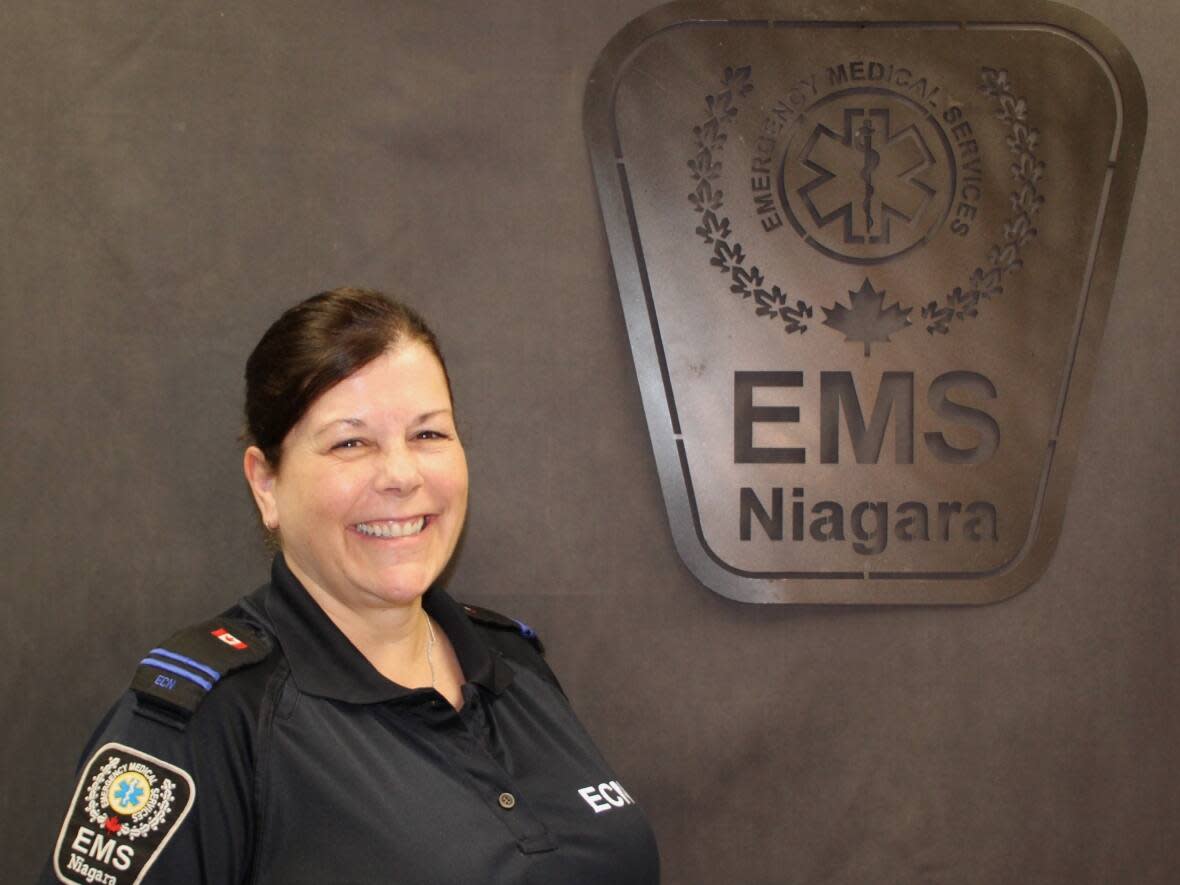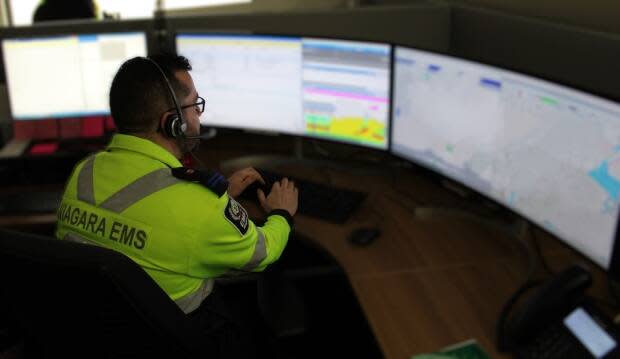Nurse 911 system in Niagara leads to less need for emergency ambulance responses

A rare 911 dispatch service in Ontario's Niagara Region that includes nurses as part of the team responding to emergency calls has resulted in fewer ambulances rushing to scenes, say program staff.
Niagara Emergency Medical Services has included the nurses since 2019, one of three emergency services in Canada to do so, said Marty Mako, commander of mobile integrated health care with Niagara EMS.
Before nurses were added in Niagara, 44 per cent of 911 calls required ambulances rushing out with lights flashing and sirens on. Now, just under 20 per cent of calls prompt such a response, said Mako.
The Emergency Communication Nurse System (ECNS) program started as part of a larger shift to "alleviate the pressures on what's already an overtaxed emergency system," Mako told CBC's Fresh Air recently.
Niagara EMS is one of five services in the world accredited for the use of the system, and it's the first to ever be re-accredited by U.S.-based International Academies of Emergency Dispatch, according to Mako.
Accreditation is given when the system is evaluated by the organization to hit certain markers of efficiency. In order to be re-accredited, the system needs to be re-evaluated every three years, showing it is maintaining the standard of service.
Mako said more regions are working to adopt the system, joining Niagara, Montreal and Nova Scotia.
"ECNS is spreading around the world, because this challenge with how to better service low-acuity calls is not just a Niagara or Ontario problem — It's a health-care challenge worldwide."
Tara Agler and four other emergency room nurses have been working at the Niagara dispatch centre since the program started.
"We took a leap of faith," Agler said, adding that doing triage over the phone was challenging to start, but "it's been a wonderful change" for emergency response.
How the system works
When a 911 call comes in, dispatchers ask questions to determine the seriousness of the emergency. If they find it's safe for the caller to wait, they transfer the call to a nurse for a secondary triage, Agler said.
"So we spend a lot more time on the phone with the caller and go through signs and symptoms," she said.
"It could be a nose bleed or a parent that's worried about a baby with a fever. There's a number of different reasons why people call 911 if they don't need an ambulance right away."

Agler said nurses use software called LowCode in combination with emergency room experience and regimented questions to "build a picture and profile of what the patient looks like as if they're sitting next to us."
Nurses then use the information to determine if an ambulance is required and "what's the best care and in what amount of time the care is needed for the caller," Agler said.
"Along the way, we gather a ton of information that helps us decide, you know what, this person would do well to speak with poison control, or do well to talk with their family doctor tomorrow," she says.
Getting the right care 'from the start'
In some cases, Agler said, the caller may just need a ride to a clinic and Niagara EMS has a solution for that too.
"We do have our taxi program that we've implemented," she said. "If it's safe to do so, we pay for them to go to the hospital or to the walk-in clinic by taxi — that's all covered by our program here."
Ottawa Paramedic Service now hopes to use taxis in a pilot project and has been waiting decades to see a program similar to Niagara's priority dispatch system be implemented.
Mako said Niagara EMS has triaged more than 15,000 calls with the system since it started and more than 20 per cent of them did not require an ambulance or paramedic.
"What we're trying to do is back up the process a bit and really ensure they get the right care from the start," Mako said.
"It's like we've gone away from just offering vanilla ice cream, and we can offer Neapolitan now and really open up the flavours to what they really need."

